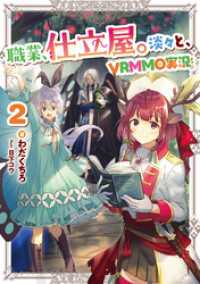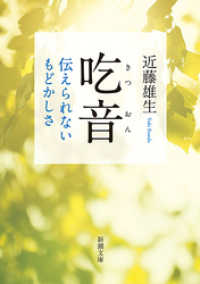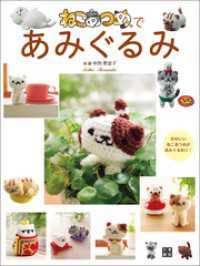Full Description
Focusing on artwork by Lucio Fontana, Alberto Burri, and Piero Manzoni, Jaleh Mansoor demonstrates and reveals how abstract painting, especially the monochrome, broke with fascist-associated futurism and functioned as an index of social transition in postwar Italy. Mansoor refuses to read the singularly striking formal and procedural violence of Fontana's slit canvasses, Burri's burnt and exploded plastics, and Manzoni's "achromes" as metaphors of traumatic memories of World War II. Rather, she locates the motivation for this violence in the history of the medium of painting and in the economic history of postwar Italy. Reconfiguring the relationship between politics and aesthetics, Mansoor illuminates how the monochrome's reemergence reflected Fontana, Burri, and Manzoni's aesthetic and political critique of the Marshall Plan's economic warfare and growing American hegemony. It also anticipated the struggles in Italy's factories, classrooms, and streets that gave rise to Autonomia in the 1960s. Marshall Plan Modernism refigures our understanding of modernist painting as a project about labor and the geopolitics of postwar reconstruction during the Italian Miracle.
Contents
Acknowledgments vii
Introduction. Labor, (Workers') Autonomy, (Art) Work 1
1. The Monochrome in the Neocapitalist Laboratory 39
2. Lucio Fontana and the Politics of the Gesture 69
3. Alberto Burri's Plastics and the Political Aesthetics of Opacity 93
4. "We Want to Organicize Disintegration" 119
Conclusion. "Ready-Made Artist and Human Strike" or From Autonomy to Strike 167
Notes 207
Bibliography 249
Index 265
-

- 電子書籍
- これだけは知っておきたい「資金繰り」の…
-

- 電子書籍
- 職業、仕立屋。淡々と、VRMMO実況。…
-

- 電子書籍
- 吃音―伝えられないもどかしさ―(新潮文…
-

- 電子書籍
- ねこあつめであみぐるみ
-

- 電子書籍
- Dubrovnik 写真集 PAD



